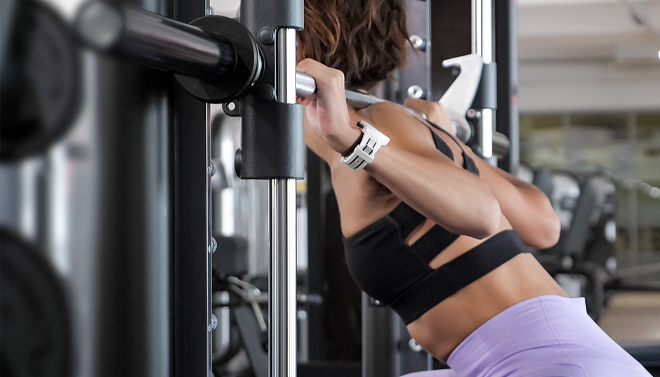Cardio vs. Strength Training Equipment: Finding the Balance

When it comes to achieving a well-rounded fitness routine, finding the right balance between cardio and strength training is key. Both forms of exercise offer unique benefits, and integrating a mix of cardio and strength training equipment into your workouts can help you achieve your fitness goals effectively. This article explores the advantages of both cardio and strength training fitness equipment and how to strike the right balance in your fitness routine.
The Benefits of Cardio Equipment
Cardiovascular Health: Cardio equipment, such as treadmills, stationary bikes, and elliptical trainers, are designed to elevate your heart rate and improve cardiovascular health. Regular cardio workouts can enhance your heart’s efficiency, lessen blood pressure, and lower the risk of heart disease.
Calorie Burn: Cardio exercises are excellent for burning calories and aiding in weight management. They help create a calorie deficit, which is essential for weight loss. The intensity and period of your cardio sessions can be adjusted to meet your specific calorie-burning goals.
Endurance and Stamina: Cardiovascular workouts improve endurance and stamina, allowing you to perform everyday activities with less fatigue. This increased stamina can also enhance your performance in other physical activities and sports.
Mood and Stress Relief: Cardio exercises release endorphins, which are known as “feel-good” hormones. Engaging in regular cardio workouts can boost your mood, reduce stress, and relieve symptoms of stress and depression.
The Benefits of Strength Training Equipment
Muscle Strength and Tone: Strength training equipment, including free weights, resistance machines, and bodyweight exercises, targets specific muscle groups. Regular strength training helps increase muscle mass, strength, and tone, improving overall physical performance.
Metabolism Boost: Muscle tissue burns more calories at rest than fat tissue does. Incorporating strength training into your routine can raise your metabolism, enabling you to burn extra calories throughout the day, potentially contributing to effective weight management.
Bone Health: Strength training is essential for maintaining and improving bone density. It can help prevent conditions like osteoporosis and reduce the risk of fractures and injuries.
Joint Support and Posture: Strength training exercises strengthen the muscles around your joints, providing stability and support. This can assist in reducing the risk of joint injuries and improve overall posture and alignment.
Finding the Right Balance
Define Your Goals: Start by defining your fitness goals. Are you seeking to lose weight, build muscle, improve endurance, or enhance overall fitness? Your goals will determine the emphasis you place on cardio and strength training.
Frequency and Timing: Consider how often you plan to work out and how much time you can allocate to each session. A balanced approach might involve alternating days or incorporating both cardio and strength exercises into the same workout.
Variation: Variety in your workouts can keep you motivated and prevent plateaus. Mix up your routine by using a combination of cardio and strength training equipment. For example, you can start with cardio to warm up, move on to strength training, and finish with a cool-down cardio session.
Listen to Your Body: Pay attention to your body’s signals. If you’re feeling fatigued or experiencing soreness, it’s okay to adjust your workout intensity or focus on one aspect of fitness more than the other on a particular day.
Consult a Professional: If you need help with how to create a balanced fitness routine, consider consulting a fitness trainer or coach. They can evaluate your requirements and create a customised plan tailored to align with your specific goals and preferences.
Conclusion
In the debate of cardio vs. strength training fitness equipment, the answer lies in finding the right balance that aligns with your fitness goals and preferences. Cardio workouts enhance cardiovascular health, burn calories, and boost endurance, while strength training builds muscle, increases metabolism, and supports bone health. Incorporating a comprehensive fitness regimen that combines both cardiovascular and strength training equipment is essential for attaining peak physical fitness, improving overall health, and enjoying a more well-rounded and fulfilling fitness journey.





